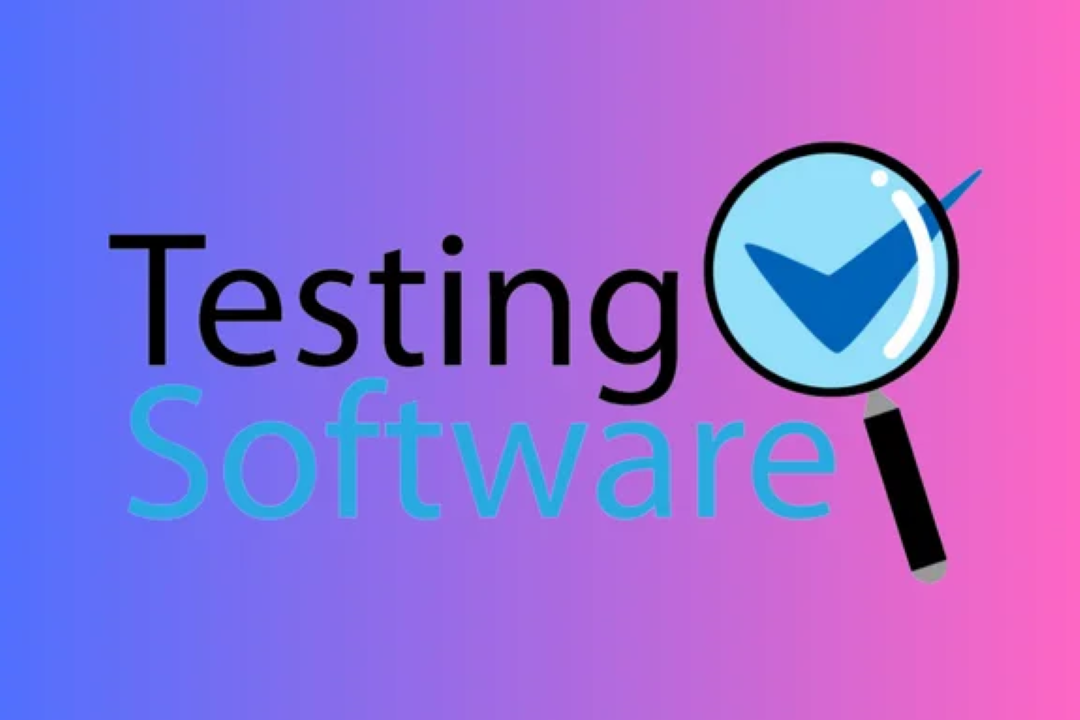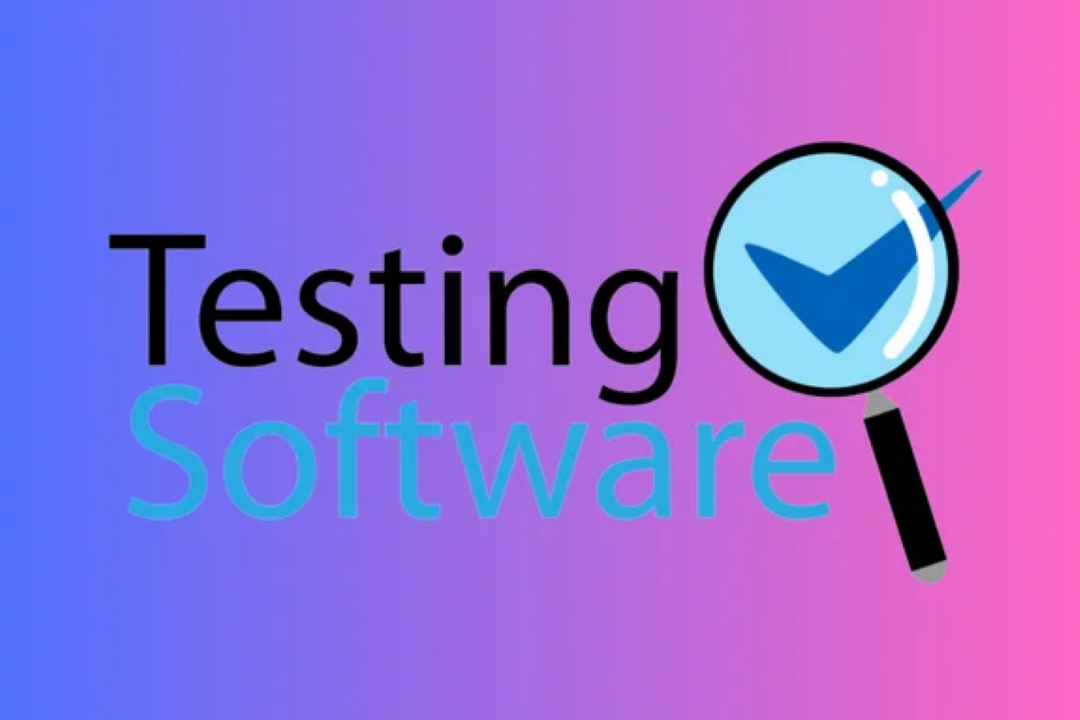Types of Errors in Software Testing
Common Errors Encountered in Software Testing
Types of Errors in Software Testing
Types of errors in software testing include syntax errors, logical errors, and runtime errors. Identifying and understanding these errors is crucial in software testing to ensure the quality and reliability of the software. Syntax errors occur due to incorrect syntax or grammar in the code, while logical errors arise from flawed reasoning or incorrect implementation of the software requirements. Runtime errors happen during the execution of the program and can lead to crashes or unexpected behavior. By carefully identifying and addressing these errors, testers can improve the overall quality of the software and provide a more seamless user experience.
To Download Our Brochure: https://www.justacademy.co/download-brochure-for-free
Message us for more information: +91 9987184296
1 - Syntax Errors: Syntax errors occur when the code violates the rules of the programming language. These errors are typically easy to detect as they are caught by the compiler.
2) Logical Errors: Logical errors, also known as bugs, occur when there is an issue in the logic of the code. These errors can be challenging to detect as the code may run without throwing any syntax errors.
3) Runtime Errors: Runtime errors occur while the program is running. These errors can be caused by issues such as division by zero, memory leaks, or accessing invalid memory locations.
4) Boundary Errors: Boundary errors occur when the program does not behave as expected at the boundaries of input values. This can lead to issues such as off by one errors or buffer overflows.
5) Performance Issues: Performance issues occur when the software does not meet the performance criteria, such as slow response times or excessive memory usage.
6) Integration Errors: Integration errors occur when the individual components of the software do not work correctly together. This can result in communication failures or data mismatches.
7) Configuration Errors: Configuration errors occur when the software is not configured correctly for a specific environment or set of parameters. This can lead to compatibility issues or security vulnerabilities.
8) User Interface Errors: User interface errors occur when the software does not provide a user friendly experience or does not meet the design requirements. This can lead to confusion or frustration for the users.
9) Security Vulnerabilities: Security vulnerabilities occur when the software is susceptible to attacks, such as hacking or unauthorized access. These vulnerabilities can lead to data breaches or system failures.
10) Regression Errors: Regression errors occur when a change in the software unintentionally introduces new bugs or causes existing features to stop working correctly. This can happen during updates or modifications to the code.
11) Database Errors: Database errors occur when there are issues with data storage, retrieval, or manipulation within the software's database. These errors can result in data loss or corruption.
12) Compatibility Issues: Compatibility issues occur when the software does not work correctly with other systems, devices, or software versions. This can lead to interoperability problems or functionality limitations.
13) Usability Errors: Usability errors occur when the software is not intuitive or user friendly, making it difficult for users to accomplish their tasks efficiently. This can lead to decreased user satisfaction and adoption rates.
14) Documentation Errors: Documentation errors occur when the documentation for the software is inaccurate, incomplete, or unclear. This can lead to misunderstandings, inefficiencies, or implementation errors.
15) Environment Errors: Environment errors occur when the software behaves differently in various environments, such as different operating systems or hardware configurations. This can lead to inconsistencies in performance or functionality.
By providing a comprehensive training program covering these types of errors in software testing, students can gain a solid understanding of the common issues that may arise during the testing phase. This training will equip them with the knowledge and skills needed to effectively identify, report, and address these errors, thus improving the overall quality and reliability of software products.
Browse our course links : https://www.justacademy.co/all-courses
To Join our FREE DEMO Session: Click Here
Contact Us for more info:
- Message us on Whatsapp: +91 9987184296
- Email id: info@justacademy.co
Difference Between Data Analysis And Data Analytics












